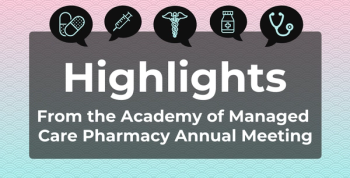
Risk of Heart Failure Increases After Myocardial Infarction
Study finds a first heart attack is more likely to lead to heart failure in patients when the burden of coronary artery disease increases.
A new study
To understand this association, Yariv Gerber, PhD, and fellow researchers evaluated angiographic CAD and subsequent heart failures in a well-defined community of patients who have suffered a first heart attack. They conducted a population-based cohort study among 1922 participants. All the participants had an incident MI diagnosed from 1990 through 2010, and they had no prior history of heart failure. Certain medical factors such as cardiovascular risks, comorbid conditions, MI characteristics, and acute interventions at the time of incident MI were also determined. Other lifestyle factors considered were smoking habits, body mass index, hypertension, diabetes mellitus and hyperlipidemia.
Out of the total participants, the mean age was 64 and 65% were men. After following up with the participants through early 2013, the researchers found that 588 (nearly 30%) of the participants developed heart failure.
The investigators determined the extent of angiographic CAD at baseline and categorized the disease burden according to the number of major epicardial coronary arteries with 50% or more lumen diameter obstruction. Compared with patients with 0 or 1 blocked artery, those with 2 blocked arteries had a significantly increased risk for heart failure. In patients with 3 blocked arteries, the risk was much higher. This increased risk occurred independently of recurrent MI, and it did not change with heart failure subtypes.
Heart Failure After MI Often Neglected
After following up on a study population of nearly 2000 patients who have had a heart attack, no prior heart failure history, and a baseline angiographic assessment, it was found that at least 30% of the patients develop heart failure. The burden on the heart increases after incident MI. The association between angiographic CAD and incidence of heart failure was significant and clinically substantial.
Thus, an increasing extent of CAD, as detected by angiography at the time of the first MI, is an indicator of heart failure incidence during long-term follow up, said Dr Gerber, the lead author of the study.
In the past 20 years, the epidemiology of MI has vastly changed. Even though progress in acute treatment has improved short term survival rates, heart failure remains frequent in the long-term, ultimately leading to excess mortality. It is not only important to restore vessel patency, but also to understand the contemporary mechanisms leading to its development. Understanding this is crucial to prevent the development of heart failure after an incident heart attack.
“Our study provides insight into the prognostic role of the extent of CAD at the time of first MI in the development of HF as well as on the mechanisms involved,” concluded Dr Gerber. “The present findings underscore the importance of further investigations into processes taking place in the transition from the initial myocardial injury to heart failure.”
Newsletter
Stay ahead of policy, cost, and value—subscribe to AJMC for expert insights at the intersection of clinical care and health economics.







































